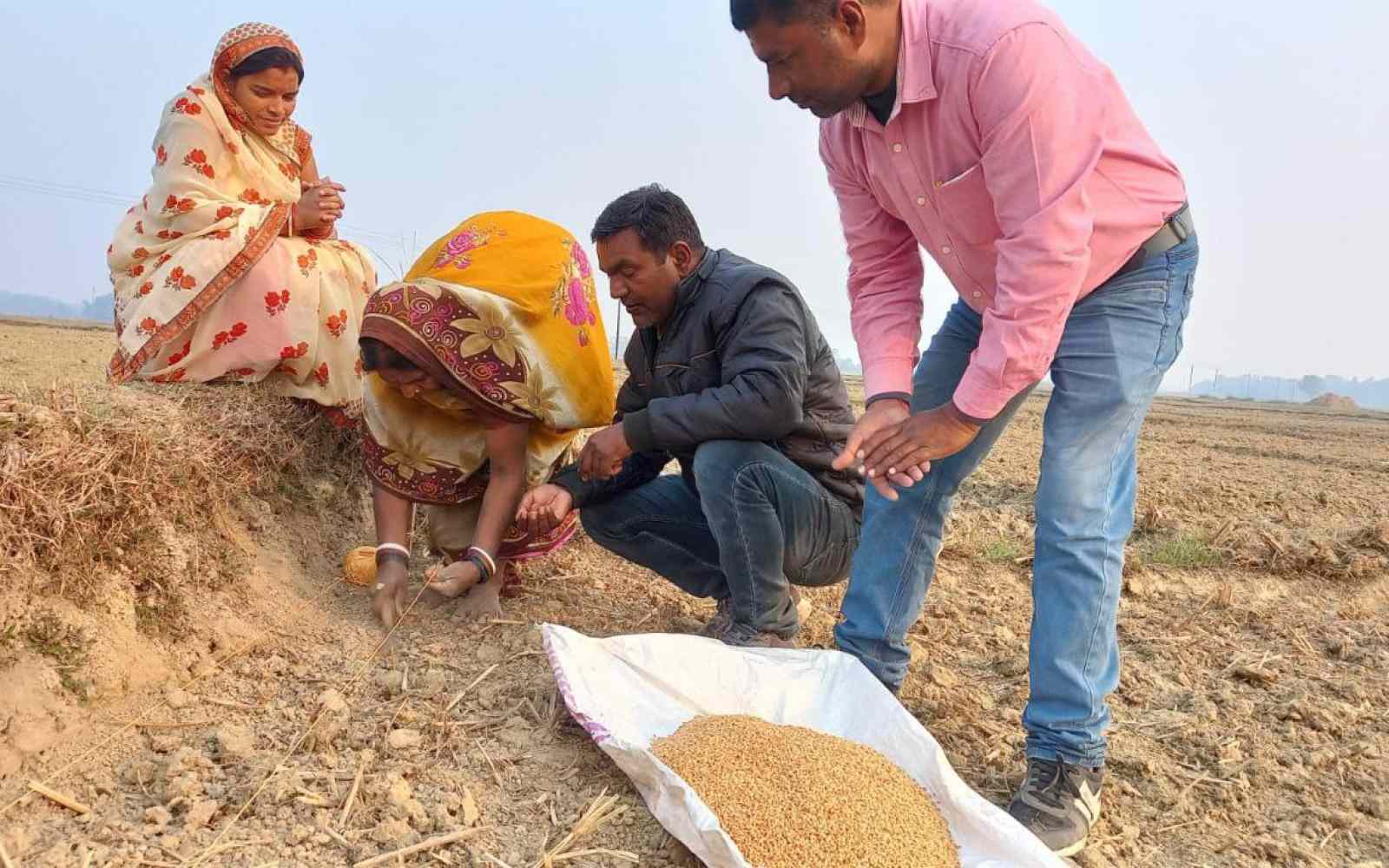The social entrepreneur using platform tech to create population-scale, community-led resilience to climate disasters
When it comes to leadership in the relief sector, few people can claim the experience of Manu Gupta, who over 28 years has helped more than six million people rebuild their lives after being hit by disasters in India and neighbouring countries.

